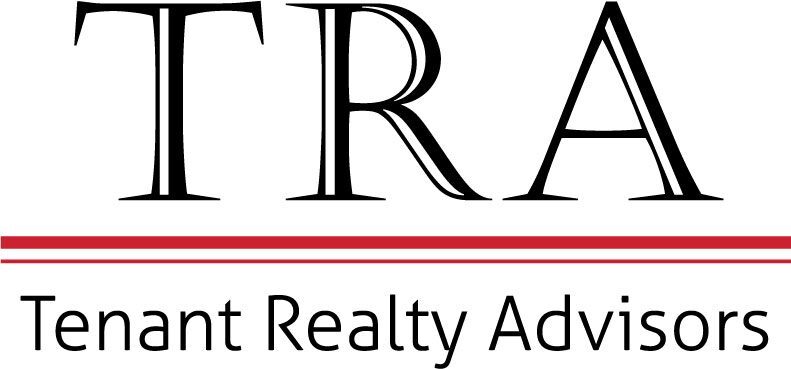Leasing an office space is a lot like entering into a business partnership. Ideally, the parameters are set up to benefit both parties, with each party offering something and expecting something in return. When the partnership is successful, everyone does well. And when it isn’t, well that’s a whole different topic.
Many lease agreements begin with a “Standard Form Office Space Lease,” a generalized, standardized agreement commonly available. Tenants need to know that while common, “standard” does not mean right or fair to the tenant. Leases are usually very long, complex and often printed in very small type, and, for the most part, everyone hates to read them. To make matters worse, landlords sometimes insert complicated legal language into standardized leases, tipping the scales even more. Differences of opinion about legal language are not the only source of discord between tenants and potential landlords. The parties may have different benchmarks for rent, tenant finish, amenities and concessions. Even the most sophisticated landlords and tenants may overlook, misunderstand or under-negotiate significant issues.
Consequently, a Request for Proposal, or RFP, is a critical step for tenants in the commercial office leasing process. The actual RFP can only be developed after the tenant has developed a thorough understanding of its needs. Ideally, the tenant representative first conducted an “office needs analysis,” the first step in identifying qualified properties. After property tours have taken place, and suitable properties have been identified, the RFP is prepared. An RFP signals the start of formal negotiation with the landlord and is typically crafted by an exclusive tenant representative on behalf of their client, the potential lessee.
In addition to providing potential landlords with a clear breakdown of the potential tenant’s space needs, the very process of the RFP creation allows a company to assess and prioritize its most critical business real estate needs. It can be used as a frame of reference for quick decision making, alerting the landlord early of critical tenant issues, some or all of which may be “deal breakers.” Thus, it’s a very healthy business practice.
The RFP also serves as the starting point of the lease transaction paper trail; giving each party a valuable place to refer to should negotiations become heated or vague. This is especially critical in today’s market, where broad concessions and unique circumstances often come into play. Unlike offers to purchase, RFP’s can be submitted to multiple properties at the same time because the tenant is merely soliciting a proposal from the landlord.
The Request for Proposal (RFP) is the summation of all your business office space needs. In essence, it is a wish list submitted to property owners detailing everything you hope your new office space will include. The formalized RFP represents a compilation of the many considerations that you, as a tenant may have, and should be customized to reflect your specific needs. The RFP should address all of the needs and core requirements, as well as renewal clauses, annual escalation provisions, expansion rights and subleasing terms. It is much more difficult to obtain an optimal result when an important consideration is put on the table late in the negotiation.
Another extremely important component of the RFP is a request for a copy of the landlord’s Standard Form Lease agreement. So while an RFP may be considered a tenant’s wish list, the landlord’s Standard Form Lease represents the landlord’s wish list. Both are subject to revisions in a variety of important respects.
The RFP often contains legitimate items that are “throw away issues” for the tenant, and define other areas of flexibility prior to the start negotiation. Similarly, most landlords will have pre-determined fallback positions for many lease clauses and the tenant’s desirability will dictate their willingness to make modifications or deletions to their standard lease.
The content of the RFP should be consistent with market conditions. Of course, in a negotiation, it may be necessary to push the boundaries as a strategy, but your requests for concessions shouldn’t be viewed as outlandish by the landlord unless it is a very strong tenant market (i.e. high vacancy / low absorption). It should also be made clear that an RFP is not legally binding to either party, making it apparent that it is the start of negotiations, not an agreement to lease the space in question. However, negotiations that have been well documented in the RFP can help establish the intent of the parties in any future disputes.
As proposals are returned to the tenant, the RFP serves as a comparison checklist of each landlord’s offering. While some properties could be eliminated quickly, the RFP works as a scale of sorts, balancing the points met and not met, allowing the company to once again assess what is most pertinent to a productive occupancy.
One benefit of an RFP is that the landlord’s responses can give the future tenant a great deal of market knowledge, and can create a more competitive atmosphere between landlords. Typically, at least one property will usually express an earnest desire to execute a lease, and when this occurs, the tenant’s negotiating position is strengthened.
